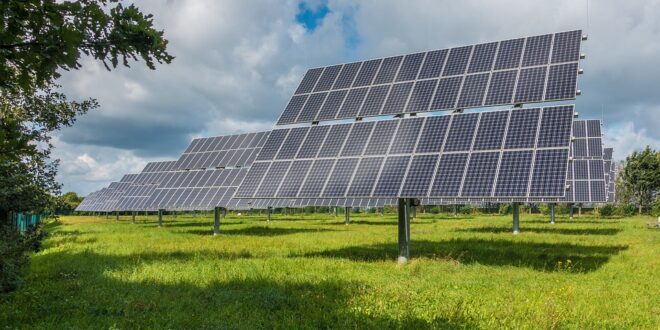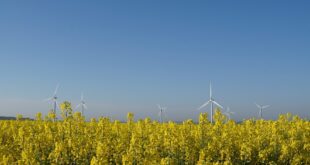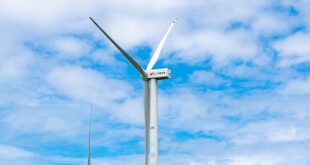Renewable Energy Sources
Introduction
Renewable energy sources are becoming increasingly popular as the world shifts towards a more sustainable future. As we continue to rely on fossil fuels and non-renewable resources, we place a huge burden on both the environment and our economy. In this article, we will explore some of the best renewable energy sources available, including solar, wind, and a few other options.
Solar Energy
Solar energy is one of the most popular forms of clean, renewable energy available. It is a clean and cost-effective way to harness the power of the sun, which provides an infinite supply of energy for our planet. Solar power can be collected using photovoltaic panels or solar thermal collectors, both of which provide consistent, reliable energy for homes and businesses alike.
Wind Energy
Wind energy is another form of renewable energy that has gained popularity in recent years. Wind turbines are used to convert the kinetic energy of the wind into electricity, which can then be fed into the grid or stored in batteries. Wind energy is a reliable source of energy, with wind turbines producing energy around the clock regardless of weather conditions.
Hydro Energy
Hydro energy is generated by the power of water. This renewable energy source uses turbines to convert the energy of falling water into electricity, which can be used to power homes and businesses. Hydro power is reliable and cost-effective, but may not be available in all areas depending on the natural resources of the region.
Geothermal Energy
Geothermal energy is one of the most reliable and sustainable forms of renewable energy. It harnesses the heat generated from the earth’s core to produce electricity, with each unit of heat used producing up to 10 times more energy than fossil fuels. Geothermal energy can be used in both large-scale and small-scale applications and can significantly reduce your carbon footprint.
Bioenergy
Bioenergy is yet another clean, renewable energy source that uses organic matter to produce energy. Biomass can be produced from a wide range of materials, including agricultural waste, forests, and waste from urban or industrial areas. This is a great way to reduce waste and lower greenhouse gas emissions.
Conclusion
Overall, renewable energy is the way of the future. As we continue to innovate and discover new ways to harness clean, sustainable power, our reliance on non-renewable resources will lessen. With the help of solar energy, wind energy, and the other renewable sources listed above, we can create a cleaner planet and a better future for ourselves and our children.
 Mind Uncharted Explore. Discover. Learn.
Mind Uncharted Explore. Discover. Learn.




